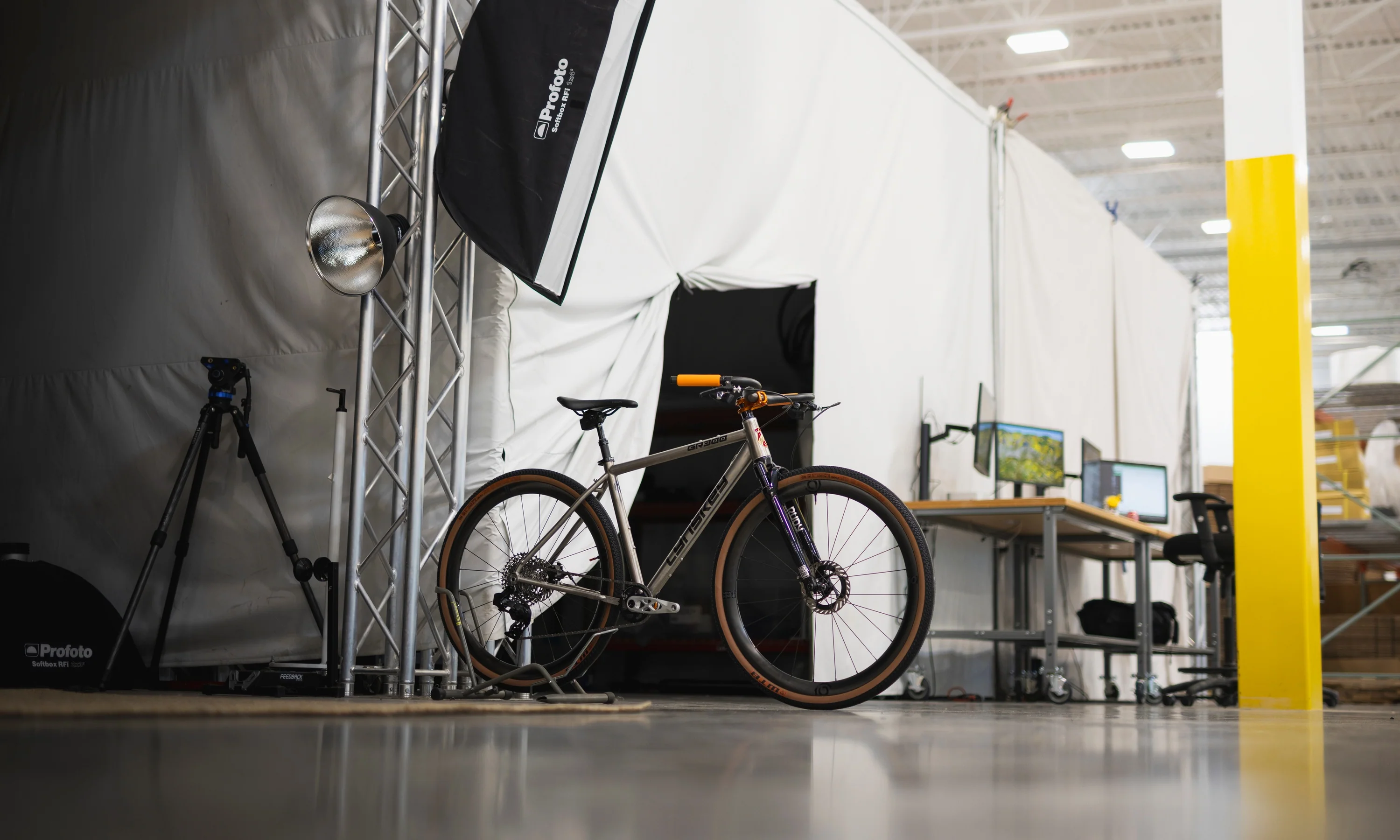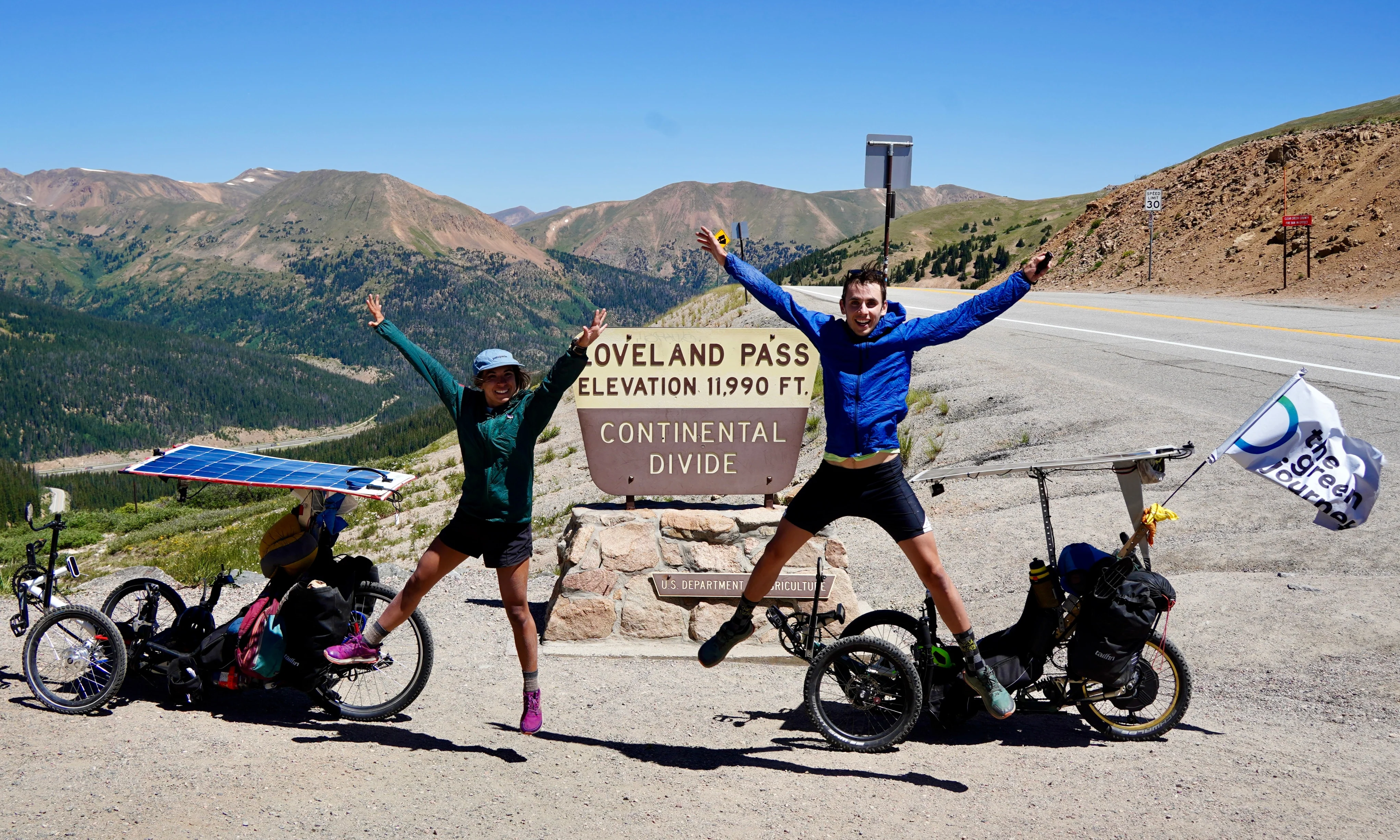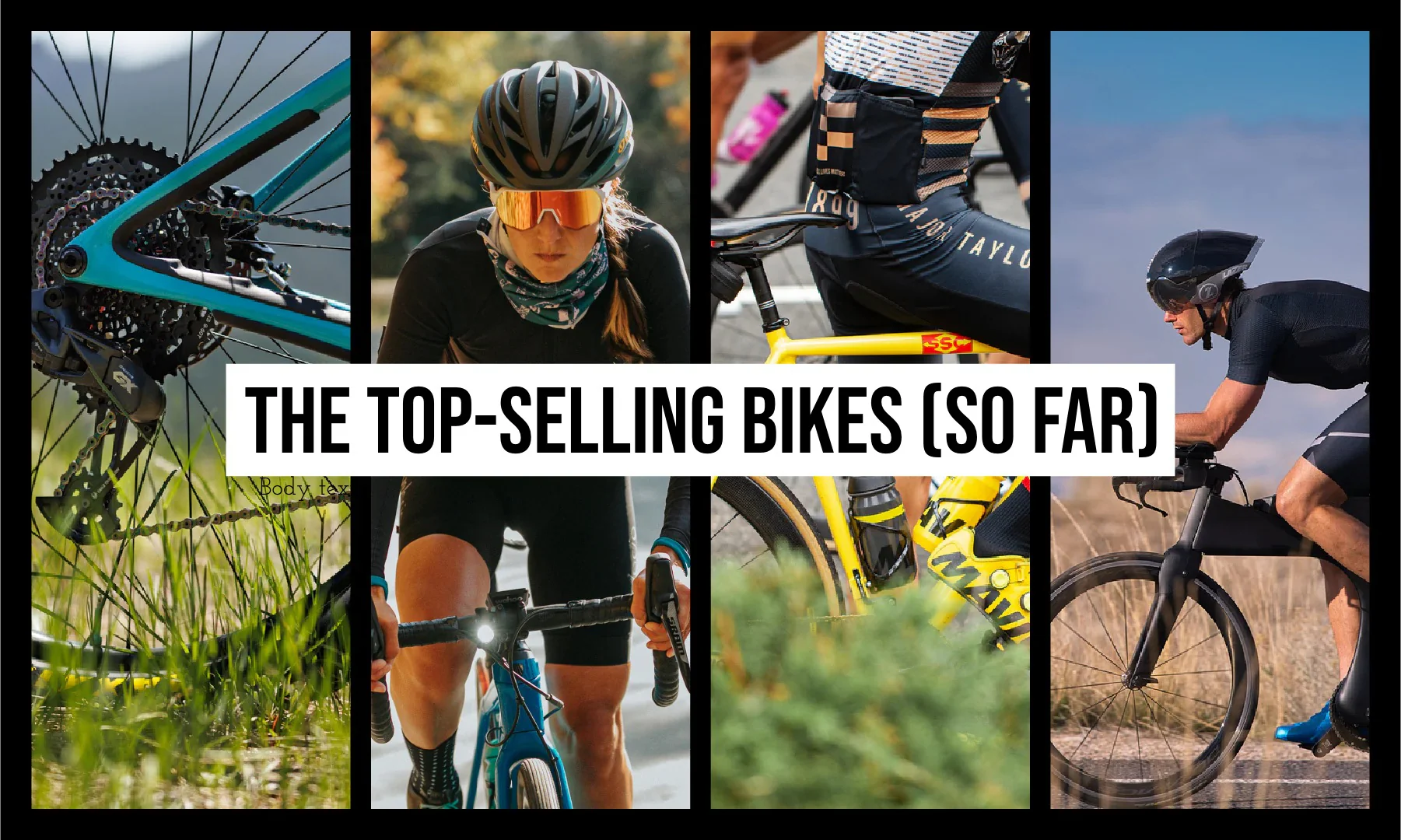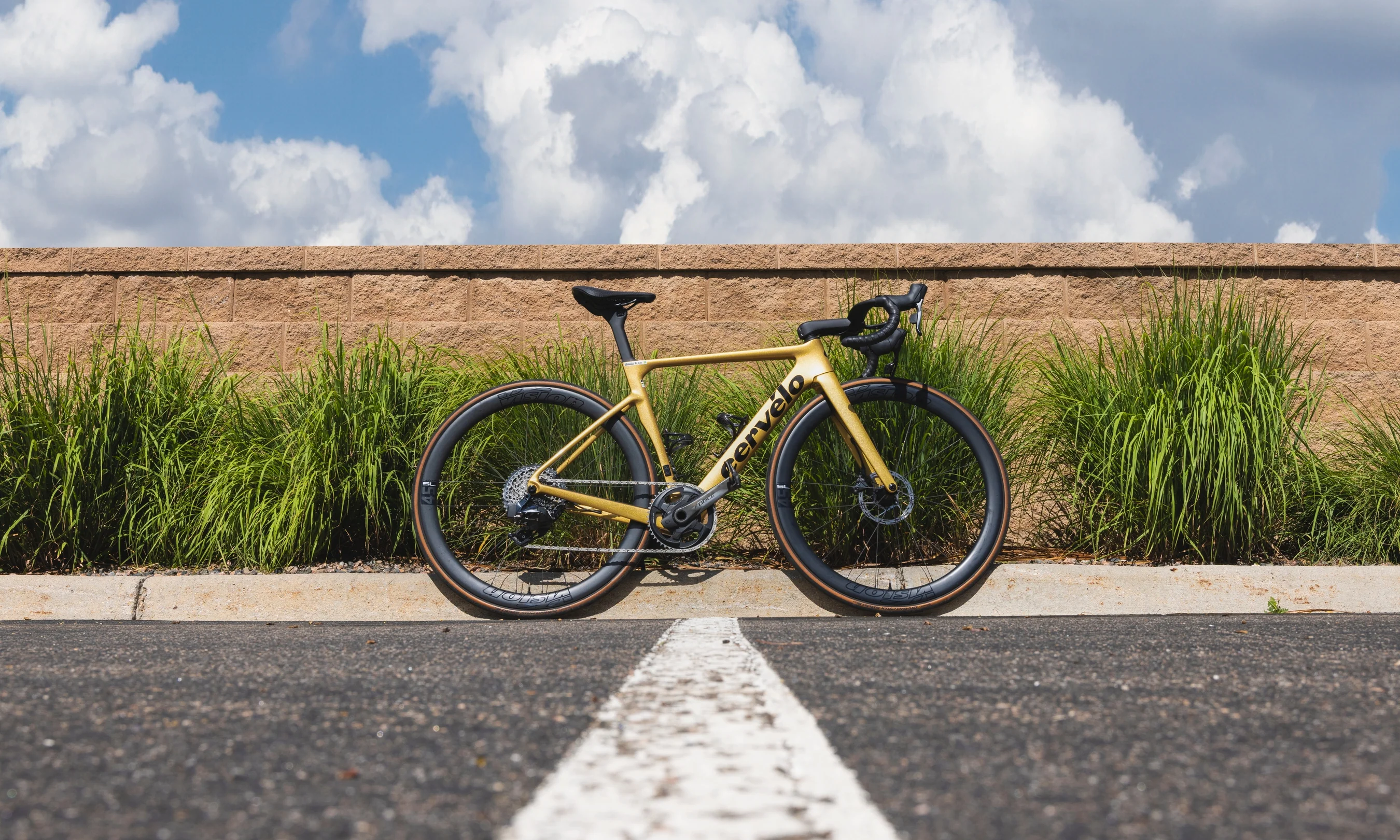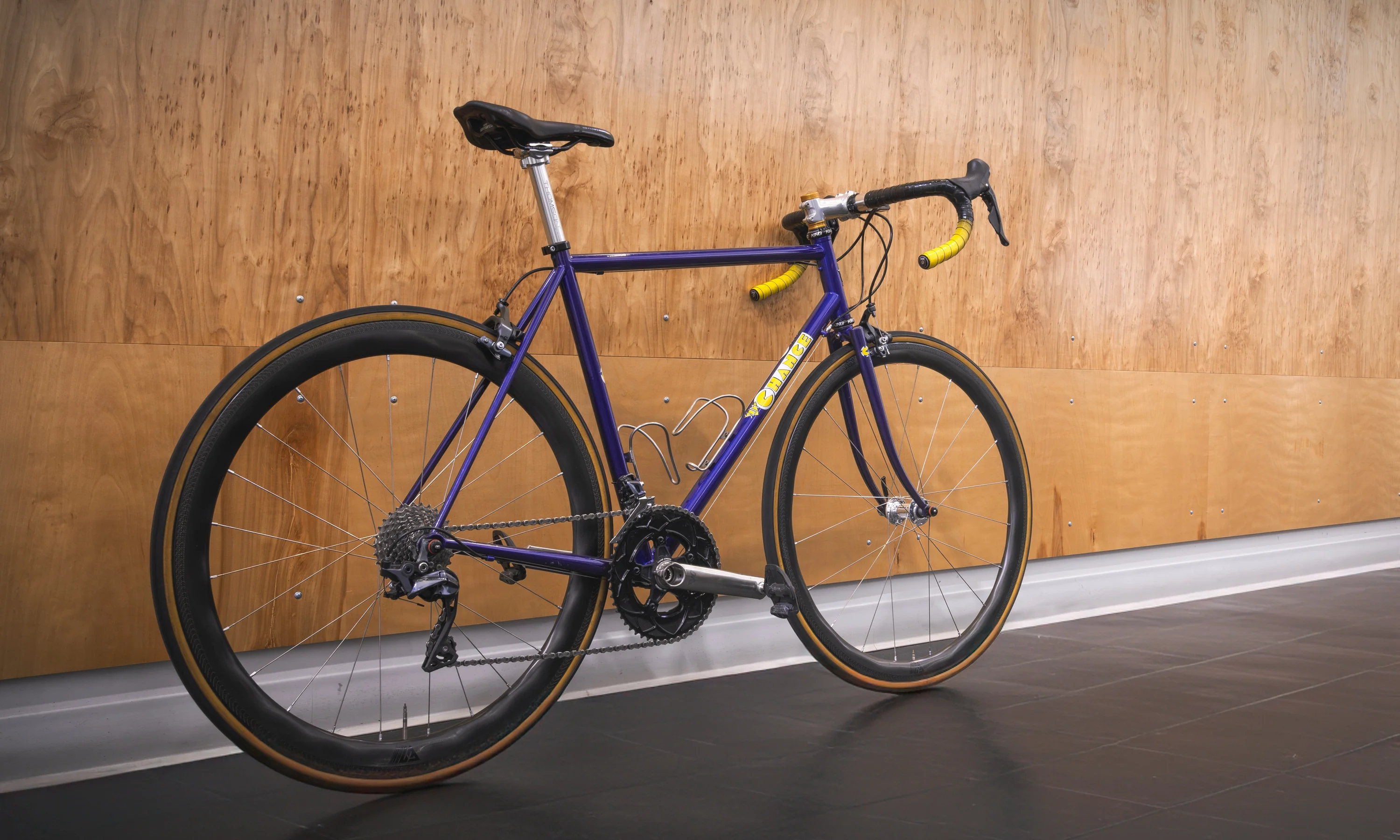After suffering through XC races on a sketchy hardtail, I raced a 130mm trail bike last year to switch it up. To my surprise, I didn’t do too bad! Not only was I able to climb nearly as fast, but I had way more fun on the descents. This got me thinking about what type of mountain bike I actually needed, and I came to the conclusion that a “downcountry” bike was the answer.
After searching for months, I ended up with a 2021 Specialized Epic Evo. Here’s why I decided to buy the Epic Evo and how I modified it to suit my riding needs. Maybe, this breakdown will help you make some clutch decisions when you’re picking your next mountain bike.
Why a downcountry bike?
You may have heard the term “downcountry” bouncing around. In plain terms, it’s a light and efficient XC bike that’s beefed up to make it a more capable descender. Plenty of commenters complain that downcountry is a pointless industry buzzword. But hey, 10 years ago everyone laughed at “enduro” and now it’s part of the mountain biking lexicon. Soon, downcountry might become the de facto name for 110-120mm bikes. At worst, we end up with sweet bikes like this, and that's not so bad, is it?
 So why did I pick a downcountry bike? I ride rough and technical trails here in the Colorado Front Range. I like to pedal hard, attack climbs, and do epic all-day rides. An efficient and agile XC bike is faster and more fun. But when the trail turns downhill, I don’t want to hold back.
So why did I pick a downcountry bike? I ride rough and technical trails here in the Colorado Front Range. I like to pedal hard, attack climbs, and do epic all-day rides. An efficient and agile XC bike is faster and more fun. But when the trail turns downhill, I don’t want to hold back.
So, the Epic Evo is perfect. It beefs up the standard Epic by removing the Brain system, increasing travel to 110mm in the rear and 120mm up front. The geometry is slack and stable. Add in a dropper post, wide handlebars, and downhill-friendly wheels and tires, and I can attack descents with nearly the same enthusiasm as the climbs.
The Specialized Epic Evo’s best features
Frame
 I tell myself over and over that bike weight doesn’t matter. But light bikes are a hard drug to kick, and the weight weenie trapped in the back of my mind is constantly screaming to get his fix. The Epic Evo was my top pick because it’s one of the lightest full-suspension frames on the market. Ditching the Brain system actually sheds an additional 200 grams over the standard Epic. This frame gave me the leeway to add more capable components without upsetting my fragile psyche.
I tell myself over and over that bike weight doesn’t matter. But light bikes are a hard drug to kick, and the weight weenie trapped in the back of my mind is constantly screaming to get his fix. The Epic Evo was my top pick because it’s one of the lightest full-suspension frames on the market. Ditching the Brain system actually sheds an additional 200 grams over the standard Epic. This frame gave me the leeway to add more capable components without upsetting my fragile psyche.
What does my bike weigh you ask? With my Crank Brothers Mallet E pedals, it tips the scales at 26 lbs 12 oz. It’s not an ultra-light XC whippet, but considering the components I chose, it’s impressive. More on that in a bit.
Suspension
The Specialized Brain on the standard Epic locks out the suspension until a bump forces the Brain’s inertia valve to open. It makes a lot of sense for racers, but I’d describe myself as an XC rider who sometimes races. I prefer the Epic Evo because it uses a standard fork and shock. I can leave the suspension fully open for trail riding but still lock it out for the occasional fire road climb. Best of all, the rear shock is way easier to service and/or replace in the future.
Suspension travel is 110mm in the rear and 120mm up front compared to 100mm all around for the standard Epic. This small boost in travel takes the sting out of some harsher impacts but still provides the agile and efficient XC feel I’m looking for.
Geometry
The main geometry figure I focused on when choosing the Epic Evo was the head tube angle. I like slack head tubes, and I pay more attention to head angle than reach or any other geometry number because I think it has the greatest impact on my descending confidence. The Epic Evo has a nice and relaxed 66.5-degree head angle. This is slacker than my previous 130mm trail bike and over half a degree slacker than the Epic Evo’s top rival: the Santa Cruz Blur TR.
Mods I made
 I’m an obsessive tinkerer who can’t leave a good bike alone. My bike started life as an Epic Evo Comp, but a lot has changed in the two months since I bought it. I swapped the Shimano SLX drivetrain and brakes out for a SRAM X01 Eagle drivetrain and G2 Ultimate brakes. I also picked up a used Race Face Next SL G5 crank with a Cinch power meter so I can keep an eye on my watts.
I’m an obsessive tinkerer who can’t leave a good bike alone. My bike started life as an Epic Evo Comp, but a lot has changed in the two months since I bought it. I swapped the Shimano SLX drivetrain and brakes out for a SRAM X01 Eagle drivetrain and G2 Ultimate brakes. I also picked up a used Race Face Next SL G5 crank with a Cinch power meter so I can keep an eye on my watts.
 At the front, I ditched the stock RockShox SID Select for a Pike Ultimate. Sure, it adds a bit over 200g and loses the SID’s lock out switch, but it uses the much plusher Charger 2.1 damper. I won’t notice it going uphill, but I’ll definitely appreciate the extra comfort and control when charging into chunky rock gardens. Plus it’s silver.
At the front, I ditched the stock RockShox SID Select for a Pike Ultimate. Sure, it adds a bit over 200g and loses the SID’s lock out switch, but it uses the much plusher Charger 2.1 damper. I won’t notice it going uphill, but I’ll definitely appreciate the extra comfort and control when charging into chunky rock gardens. Plus it’s silver.
For wheels, I went with the tough and stiff Revel RW30 wheels we tested last year. If I manage to break one, they have a great warranty and the Fusion Fiber rims can be recycled rather than discarded. At well over 1,800 grams, they aren’t featherweight race wheels, but I’m 190 pounds and tend to take bad lines so I prefer the extra durability.

Revel Wheels RW30 Industry Nine Hydra Boost Carbon Tubeless 29" Wheelset
$2199.99
To beef up the tires and add some extra damping in the rough stuff, I installed CushCore XC tire inserts front and rear. I have CushCores installed on every mountain bike I own but went with the lighter XC version here to keep my inner weight weenie from going completely crazy. For racing, I have a set of lighter Tubolight EVO SL inserts I can swap in.

CushCore XC Tire Insert Set 29
$150.00
Conclusion
The fact that my Epic Evo weighs 26 pounds with all that I’ve added is impressive. I expect to smash all of my uphill Strava PRs, and though it won’t be like an enduro bike downhill, I can still let go of the brakes and send it. When it’s time to race again, I’ll probably just swap to lighter XC pedals and tire inserts and call it good. I haven’t touched my hardtail or enduro bike yet this year, and I expect to put more miles on the Epic Evo more than any other mountain bike. It’s a lot of fun, and I think it might be the perfect do-it-all downcountry bike (tell me why I’m wrong in the comments!).
Got any questions about my setup? Need help picking your next bike? Keep scrolling and leave a comment!





